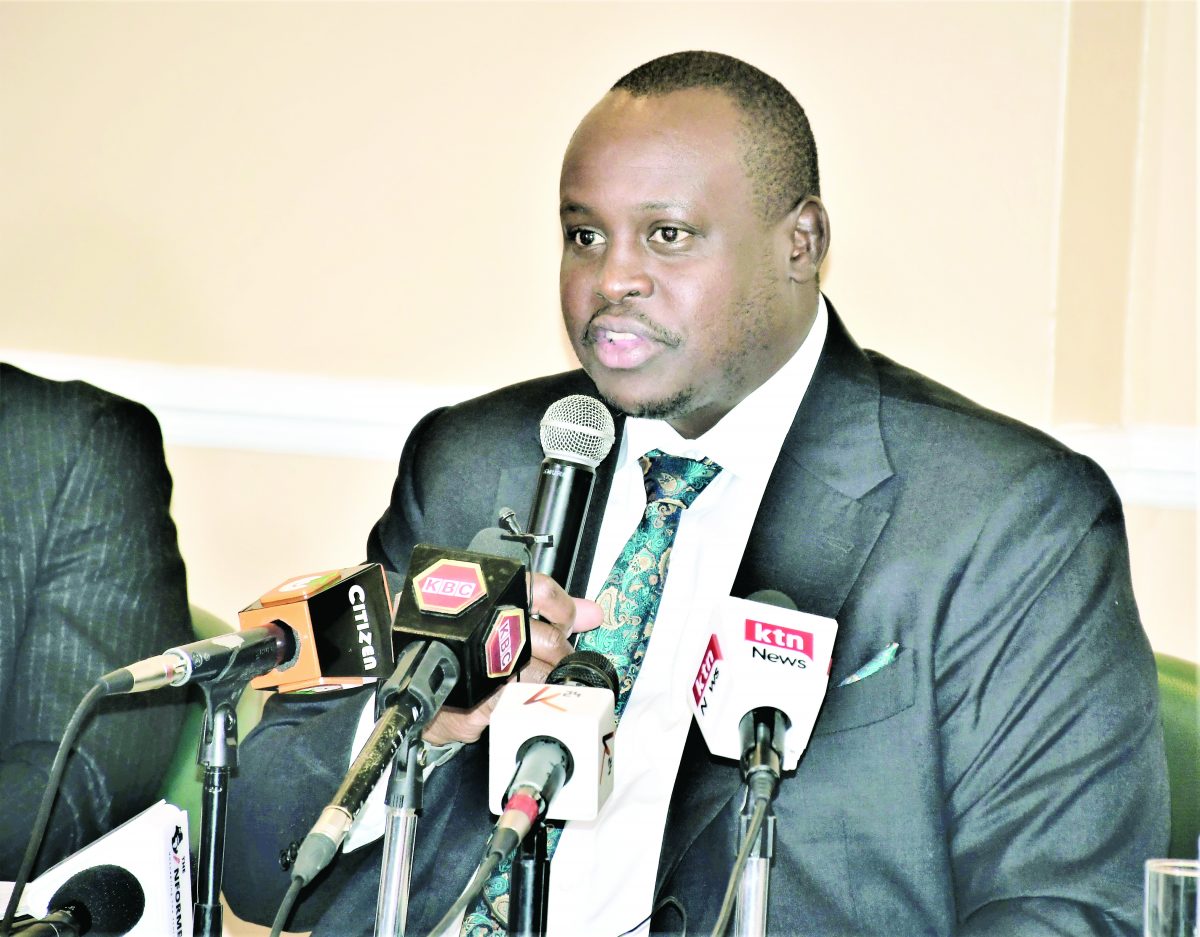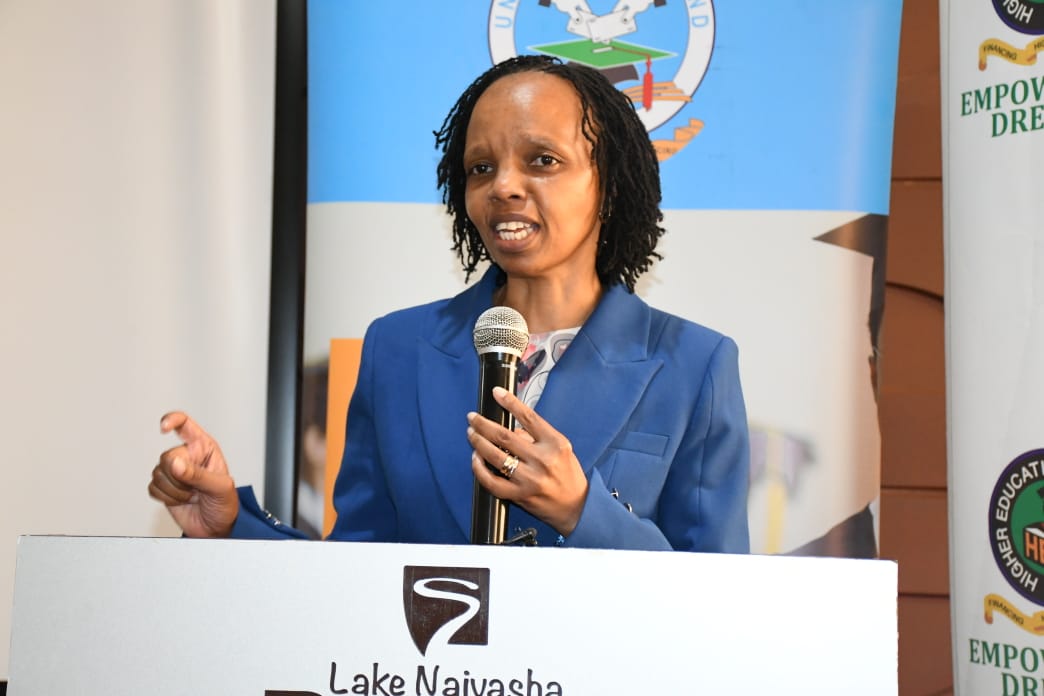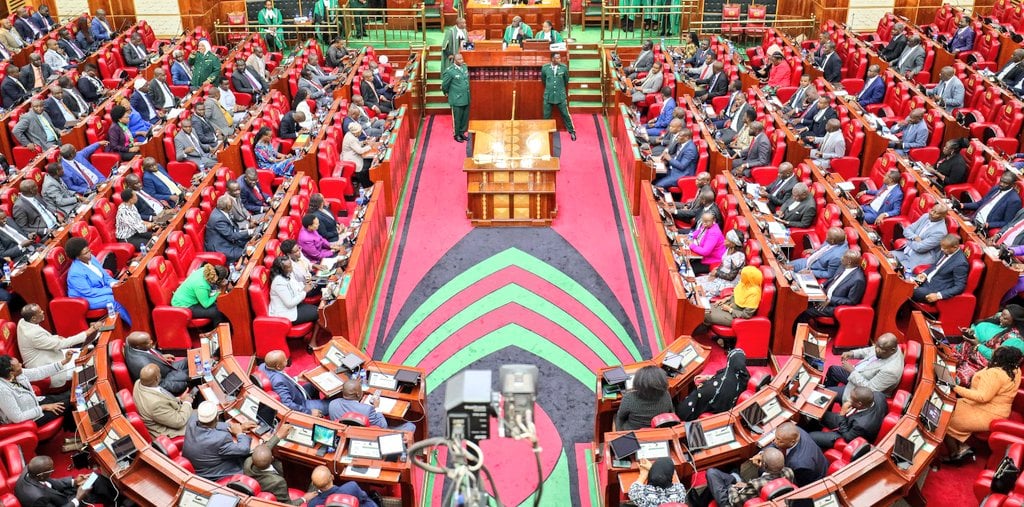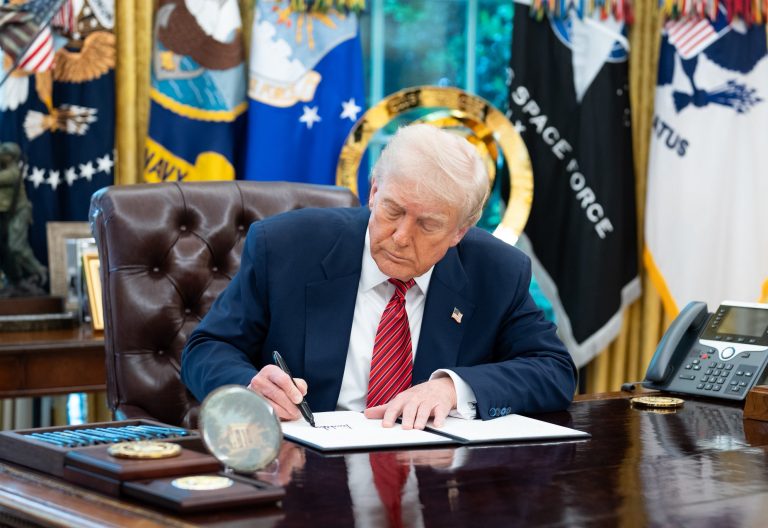EPRA boss says Kenya is reaping fruits of oil deal

Daniel Kiptoo Bargoria sits in his third floor office in the Eagle Africa Centra, Upper Hill as he goes through a list of prices of fuel across the globe.
With a broad smile that perhaps signals the end of a long nightmare, Kiptoo, the man who has been at the helm at the Energy and Petroleum Regulatory Authority (EPRA) since December 2020, says last week’s drop in fuel prices in Kenya was the beginning of good things to come as Kenyans starts to reap the benefits of the government-to-government deal with United Arab Emirates and Saudi Arabia.
It has now emerged that the government has been bringing in eight cargos, each of 85,000 metric tonnes of fuel each month since April through the government to government deal.
The eight cargos comprise four for diesel, three for super petrol and one for kerosene each month.
Last Thursday, Kenyans got an early Christmas gift when EPRA announced a reduction in pump prices, with the retail price of super petrol dropping by Sh5 to Sh212.36 per litre in Nairobi.
The cost of diesel reduced to Sh201.47 per litre, a drop of Sh2, while kerosene is now retailing at Sh199.05 in Nairobi, a decline of Sh4.01.
Purchasing power
Kiptoo now says the lower prices are on account of a reduction in the cost of petroleum products in the international markets and that the drop could have been higher were it not for the shilling weakening further against the US dollar. He says the government’s stabilization of diesel also played a big part.
“The prices are coming down as from this month and will continue doing so as indicated by prices on the international market unless other factors change due to various dynamics. Kenyans are likely to see this reduction until February,” says Kiptoo.
The drop will boost the government’s efforts to further slow inflation and ease pressure on Kenyans whose purchasing power, particularly for the employed, has been hit by increasing taxation.
Following last Thursday’s move, Kenya now has the second cheapest fuel in East Africa, with a litre of super petrol priced at $1.38 and that of diesel at $1.31. Tanzania has the cheapest at $1.26 and $1.29 per litre of super petrol and diesel respectively.
On Saturday, President William Ruto said the cost of fuel will gradually reduce in the coming days and that his government is committed to lowering the cost of living.
Speaking in Kisii County, after attending a thanksgiving and funds drive in Cardinal Otunga, Kitutu Chache South Constituency, the President said although fuel prices are dictated by external factors, the recent drop in prices has signalled a global stabilization of fuel prices.
In an interview with People Daily, Kiptoo stated that Kenyans have begun to reap the fruits of the government-to-government fuel deal.
Minus two
On why Kenya has for a long time been having the most expensive fuel in East Africa, even during times when there was reduction of prices in the international market, Kiptoo says it is because the country plans its imports and pricing on a two months-behind schedule.
“When you procure products in October, their prices will be different in December because it takes time to ship the product. Today’s prices will reflect in the country in February. And that is not the only component factor for price, we also have the exchange rates.
“For example, the current prices is pegged on the fuel bought by the country two months ago. The fuel being bought this month is likely to arrive in the country sometimes in February”, Kiptoo explains.
“Tanzanians plan on an M minus one basis but ours is M minus two, Ugandans depend on us and have no price controls. That is why we also lag behind in prices,” Kiptoo said.
He is also quick to warn that though the prices could be coming down, the weakening shilling would still erode that value.
“Indicatively, the prices of oil internationally have come down but factors such as exchange rates will have an impact on the price plus taxes and levies,” he said.
On the controversial government-to-government fuel deal with the United Arab Emirates and Saudi Arabia, Kiptoo said it had solved the challenge of each marketer looking for their own dollars which was causing a distortion.
And by consolidating all the Oil Marketing Companies, the government had effectively addressed the dollar liquidity crisis.
Before the government entered into the deal, each marketer was approaching various commercial banks looking for the dollars which consequently drove the dollar demand.
“The G-to-G has solved that dollar shortage and now there is a liquidity ratio. The dollars were not available…but we sorted this out by consolidating all the oil marketers so that not all of them are approaching the market looking for dollars. They are all paying in Kenyan shilling but the person approaching the government looking for dollars is the government nominated OMC which has also brought some structure,”Kipoo explained.
He added: “So that not all the 130 oil marketers were looking for dollars, it became one oil marketing company, in this case, the nominated OMCs.”
Commercial banks
He says the dollar liquidity crisis was also worsened by the rate at which EPRA was computing the forex adjustments.
“You are paying in dollars so you need to convert your shilling to dollar and there is an exchange rate, so we were applying an exchange rate which was an average of a mean. We take the average of the buying and selling rates from three commercial banks and then take the mean,” he explained on the reason why they do not peg fuel prices on the US dollar exchange rate published by the Central Bank of Kenya (CBK).
Before the deal, the Kenyan shilling was depreciating at about four per cent against the dollar every month, but now that depreciation has been reduced to about one per cent.
“When you ask why the dollar has not gone down, the counterfactual question should be, where would we have been if we had not done G-to-G and removed a third of the demand for the dollar. Could we be at Sh250 or Sh270 to the dollar? If we had not done G-to-G, we would be over the cliff…Would we still have a country?” Kiptoo posed.
Federal reserve
The EPRA boss defends the government from accusations that it had not been able to control the weakening of the shilling, saying strengths and weaknesses of a dollar are determined by the United States Federal Reserve Bank.
“The expectation was that if the Federal Reserve Bank had not increased its interest rates and we did the transaction, the exchange rate would have gone the other way. But because the US-based bank is increasing the interest rates, the numbers have gone to the right. But it has not gone at the pace that it would have been should we not have done the transaction,” he says.
The G-to-G deal also allowed the nominated OMCs six months to pay for the fuel purchased, essentially enabling them to retain at least $500 million in local commercial banks every month.
“By removing a third of the demand, deferring the payment of about 550 million dollars each month for six months, it allows time for other aspects of the economy to get access to the much-needed dollars.
Besides, Kiptoo says the G-to-G deal has enabled OMCs to operate on economies of scale on longer term contracts with lower premium which means lower costs to the economy.
He further stated: “Because of the structure of G-to-G payments, there is an extended credit period to the country as opposed to payment within 30 days to the international supplier. The supplier is now being paid in six months even though the oil marketers are still paid within five days of discharge.”








